Why Does My TV Keep Freezing & Buffering? 10 Effective Ways
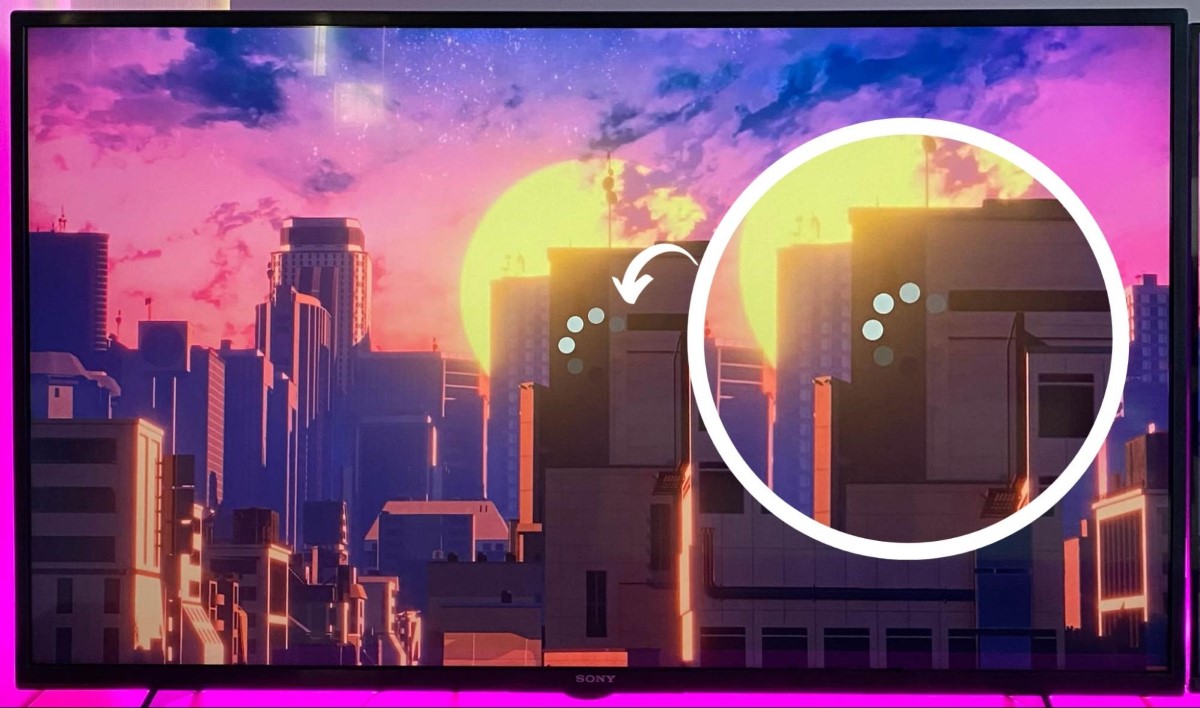
What To Know
- Weak Wi-Fi or satellite signals can cause TV freezing or buffering; improve this by restarting routers, repositioning antennas, and checking connections.
- Overloaded cached data or corrupted app data in TVs can lead to screen freezing; clear cached data and regularly update or reinstall apps to resolve these issues.
- Physical issues like a damaged motherboard, overheating, or loose cables can freeze TV screens; ensure proper ventilation, securely connect cables and seek professional help for internal repairs.
In this guide, I’ll show you ten effective ways to fix your TV freezing and buffering issues.
Let’s dive in!
Quick Navigation
1. Your Wi-Fi Connection Is Weak
If you’re streaming content on your TV, a slow internet connection could cause the video to constantly buffer.
Check your Wi-Fi router’s LED bars to see how strong the connection is. If it’s low, consider rebooting your router by leaving it unplugged for at least 15 seconds, before plugging it back in and restarting it.
Routers take a few minutes to start up again and establish a secure connection, so be patient.
Try moving the router closer to your smart TV or other streaming devices. If possible, plug your router into the device’s ethernet port.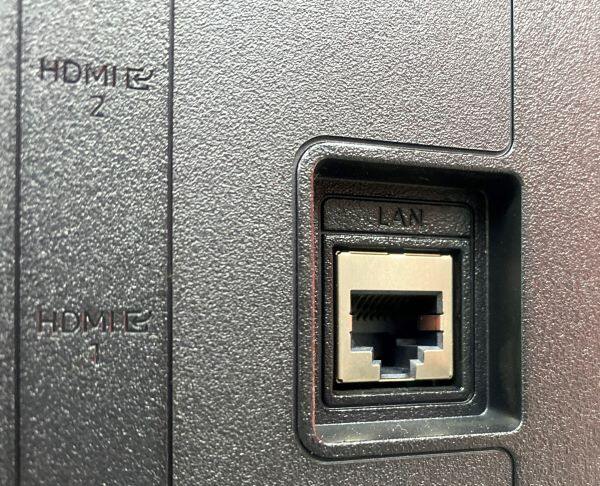
Disconnect any other devices that are not in use from the Wi-Fi to free up the router’s bandwidth.
If the Wi-Fi connection is still weak, consider using a hotspot to see if it’s any faster. Note that this will quickly drain your mobile data since streaming, gaming, and music all consume a lot of data.
In case you love watching clear, high-quality 4K videos, make sure your internet plan is strong enough to handle it.
Usually, you need at least 25Mbps speed for 4K videos, but 50Mbps is even better.
2. Your Satellite Signal Is Weak
A weak satellite signal may be causing your TV to freeze, especially if you’ve recently experienced thunder, lightning, or hail storms.
Try rebooting your satellite dish by leaving it unplugged for 10 minutes, then plugging it back in.
Reposition your satellite dish, as strong winds or rain could have moved it.
Check all of the satellite’s cables, making sure they’re secure and properly positioned.
Since satellite cables are exposed to the elements, they may have suffered water or ice damage, or been chewed on by pests. Make sure that none of the cables are torn or worn, and replace them if needed.
If you’re using a coaxial splitter to connect one antenna signal to several TVs in your house, try removing it and connecting the TV directly to the antenna.
Sometimes, a low-quality coaxial splitter can make the signal weaker.
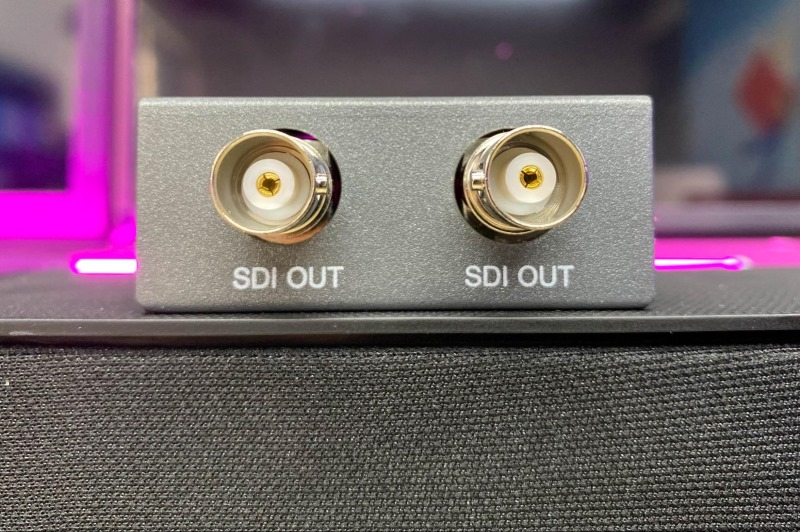
It’s also a good idea to rescan satellite channels on your TV. This can help make the signal stronger.
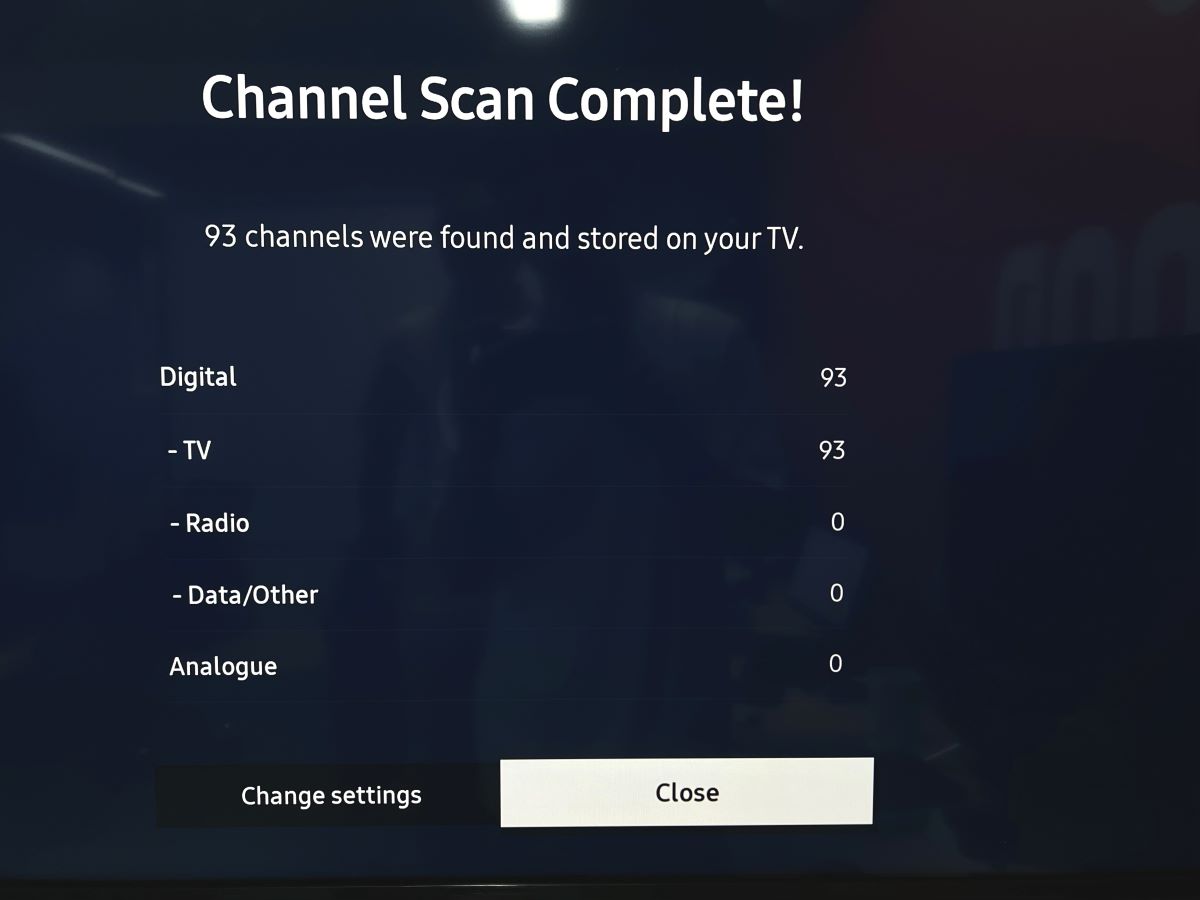
We’ve covered this topic in a detailed article, which you can read here for more information.
And if your satellite dish is blocked by things like debris or water, especially after bad weather, cleaning it up can improve your signal.
For those using an antenna for local channels, moving it closer to the nearest broadcast tower can help.
If you’re not sure where the tower is, a quick online search for a broadcast tower map can point you in the right direction.
And remember, placing the antenna high up, like at the top of a window, usually works best for a clearer reception.
3. Your Cables Are Loose
Check that your TV’s cables are securely fastened to their correct ports.
If your TV uses coax or VGA cables, make sure they’re tightly screwed in place and that all the pins are properly aligned in the ports.
Ensure the cables are not being tugged on or pulled, especially if you have little ones around. Also, make sure the cords are not bent or tied together, as this could also block the signal.
If you’re using adapters (e.g. HDMI to Composite, HDMI to VGA, etc.) check that all cables are fixed. Note that adapters can cause your signal to weaken, so make sure they’re in good condition and avoid using them when possible.
Some cables, such as HDMI cables, degrade over time, so it may be a good idea to replace yours if you’ve had them for a few years.
Check out the one below for a reliable, high-quality HDMI cable.
- IN THE BOX: (1) 3-foot 8K 48Gbps Certified Ultra High Speed HDMI cable for transmitting video and...
- DEVICE COMPATIBLE: Connects tablets, laptops, and other host devices to projectors, video conference...
- SUPPORTS 4K VIDEO & MORE: Supports Ethernet, 3D, 8K@60Hz or 4K@120Hz video, and Audio Return Channel...
(Paid Link.)
4. The Cached Data Is Full
Your TV might be acting slow or experiencing image freezing due to an overload of cached data.
Consider cached data as a storage room within your TV, where it keeps short-term information.
As this room becomes too full, glitches can start occurring on your TV.
To avoid these issues, it’s wise to clear this cached data, particularly if it’s never been done before.
You can choose to clear out all the cached data from your TV or just remove it from specific apps that are causing the TV to freeze.
This can help your TV run smoother and stop the freezing.
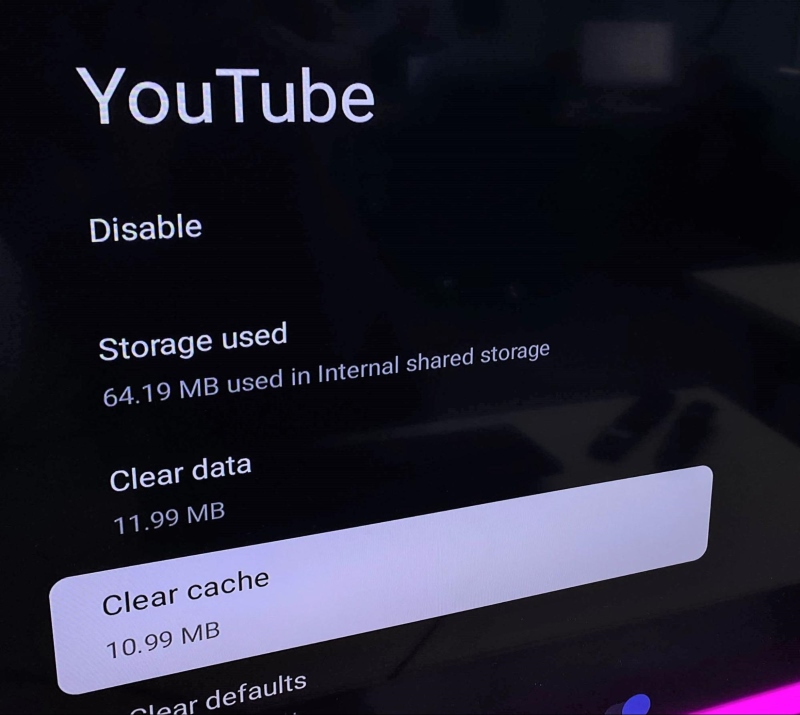
5. Scratched DVD or Blu-ray Disc
Watching a DVD or Blu-ray on your TV and suddenly experiencing the picture start to freeze can be quite frustrating.
It’s particularly annoying when this interruption occurs in the middle of an engaging movie or show.
This issue often arises from the disc being scratched or having dust on it.
First, take the disc out of the player and give it a good look.
Do you see any scratches or dust?
If it’s just dust, you can gently wipe it off with a soft, clean cloth.
Make sure to wipe from the center of the disc outward, not in a circular motion, as this is the best way to clean them without causing damage.
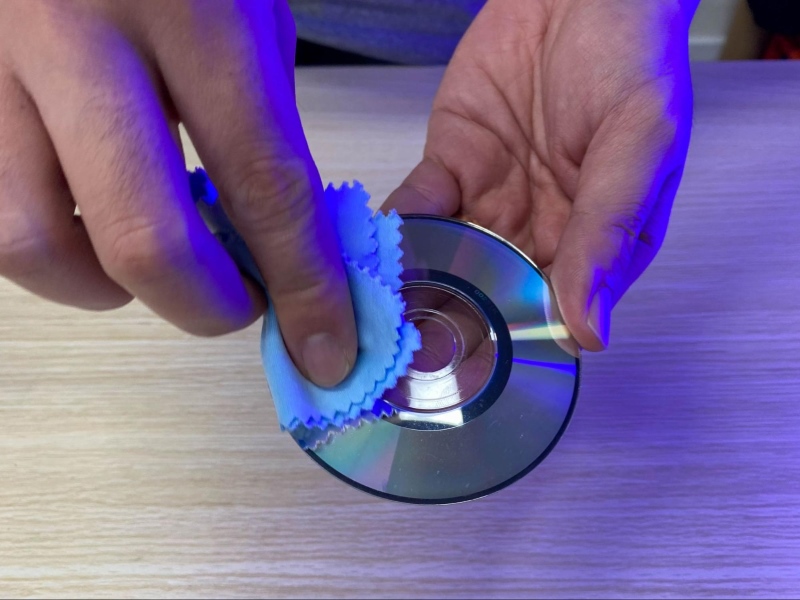
If there are scratches, there are a few tricks you can try.
Some people use a small amount of toothpaste to gently buff out scratches, then rinse the disc in warm water and allow it to dry.
Just remember to be gentle and to follow the instructions carefully.
Once you’ve cleaned or repaired the disc, pop it back in and see if it plays without freezing.
With a little bit of care, you can get your favorite movies and shows running smoothly again!
6. Outdated TV Model
Your TV might start having trouble keeping up with all the new functionalities if it’s pretty old.
As software gets updated, older TVs often struggle to adapt to these changes, leading to potential slowness or even causing the screen to freeze.
So what can you do?
One option is to think about getting a new TV.
Newer models are made to handle the latest software and features, so everything runs smoothly.
Plus, they often have cooler features like better picture quality and smart TV capabilities.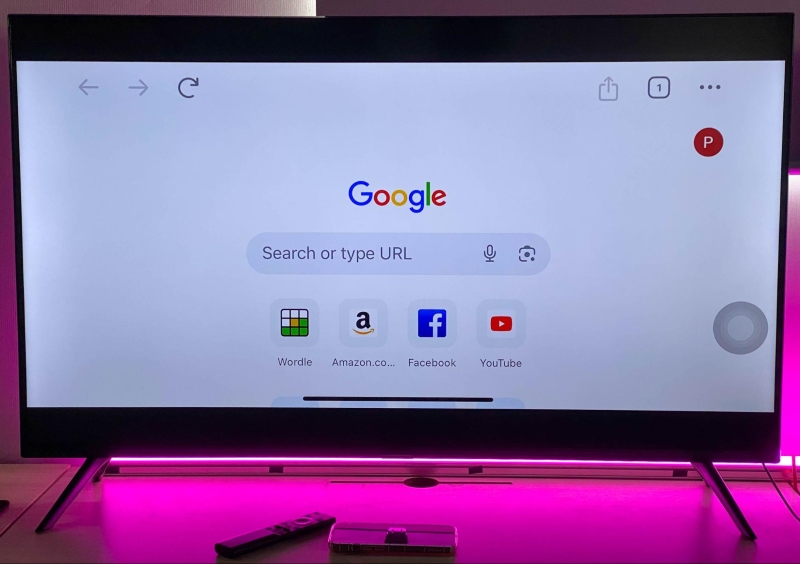
But if getting a new TV isn’t something you want to do right now, there’s another solution.
You can use a streaming device, such as a Roku player or a Fire TV stick.


These are small gadgets that you plug into your TV, and they let you watch shows and movies from the internet.
The best part? They work great with older TVs too! So, you can still enjoy things like Netflix or YouTube without needing a brand-new TV.
![]()
7. Corrupted App Data
Trouble with streaming apps like Netflix, Prime Video, or Disney Plus, such as frequent freezing, could be due to corrupted app data.
An easy fix to try is uninstalling the problematic app and then reinstalling it on your TV.
This is like giving the app a fresh start and can often clear up any issues.
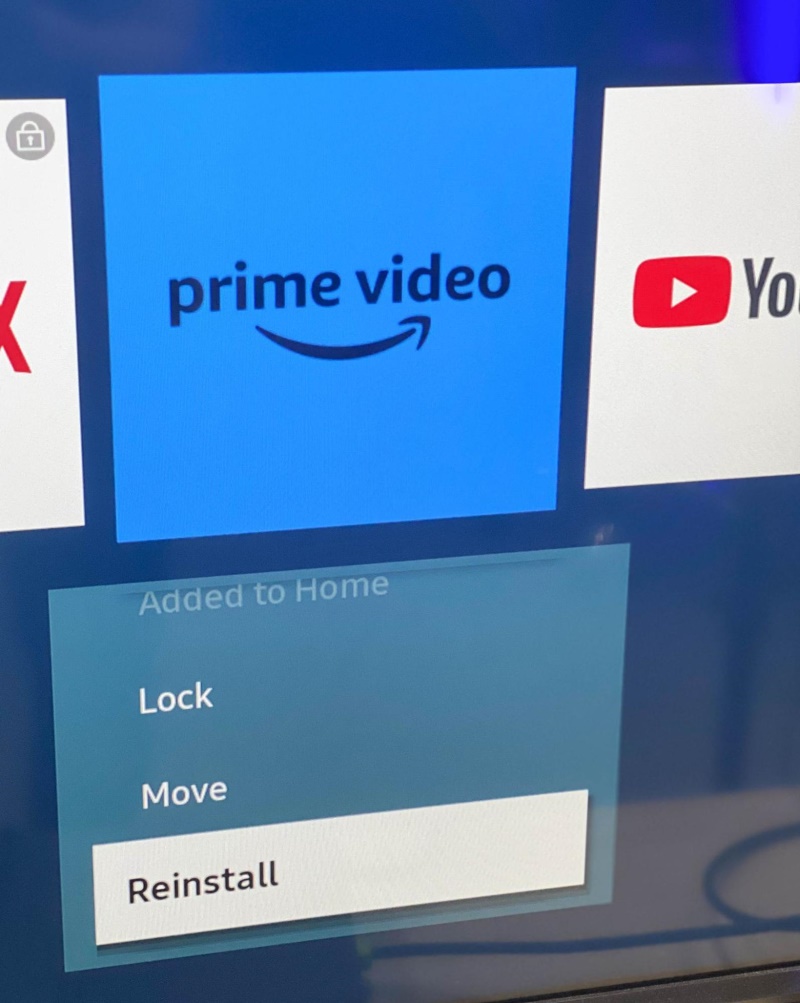
Also, it’s a good idea to check if there are any updates for the app.
Just like your phone needs updates, so do your TV apps.
These updates usually have fixes for any little bugs or problems in the app.
So, keeping your apps up-to-date can help keep them running smoothly.
8. Outdated TV Firmware
A TV’s firmware is a collection of code that defines how the unit will perform. When your TV firmware needs to be updated, the TV may start glitching and freezing, as it needs the new data to work properly.
Some smart TVs will allow you to install the firmware update directly from your TV via the internet.
For other models, you may need to update the firmware by downloading the new code onto a USB stick, plugging it into your device, and installing it that way.
If you do decide to update your TV’s firmware via a USB stick, only download firmware updates from the manufacturer’s official website!
Never download any codes or updates from anywhere else on the internet. You risk downloading a virus onto your computer and having your personal information (credit card numbers, social security numbers, etc.) stolen and used for identity theft or other cyber crimes.
When installing a firmware update on your TV, it’s imperative that your TV does not suddenly lose power or is turned off during the update. This could permanently damage your TV’s firmware and it’s unlikely your warranty policy will cover the cost of repair or replacement.
Here’s how I updated the firmware on my Samsung TV, which might help you understand the process better:
Step 1: Visit the manufacturer’s support website, locate, and download the latest firmware of your TV model onto your laptop or PC.
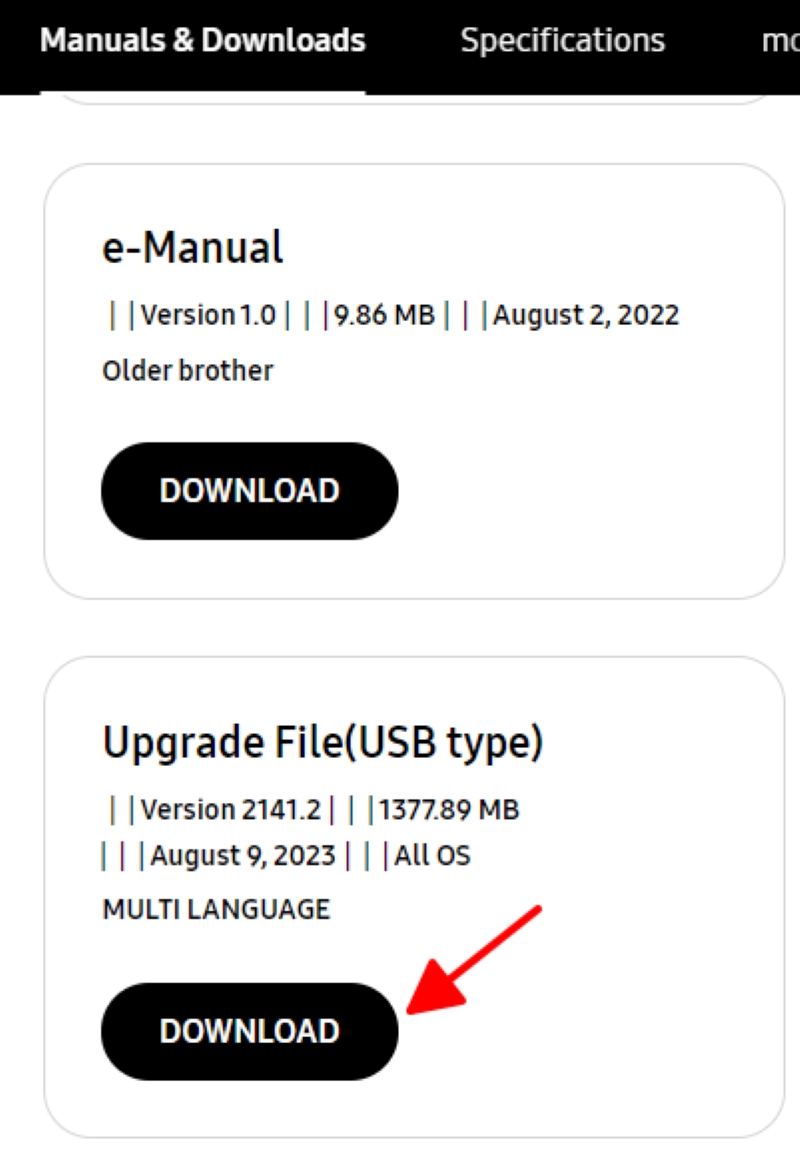
Step 2: Extract the firmware file and save it on a USB drive.
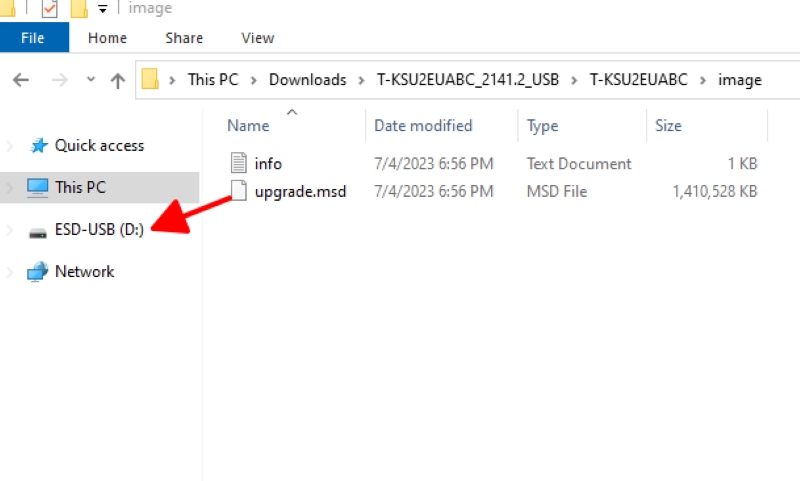
Step 3: Insert the USB drive into the TV’s USB port.
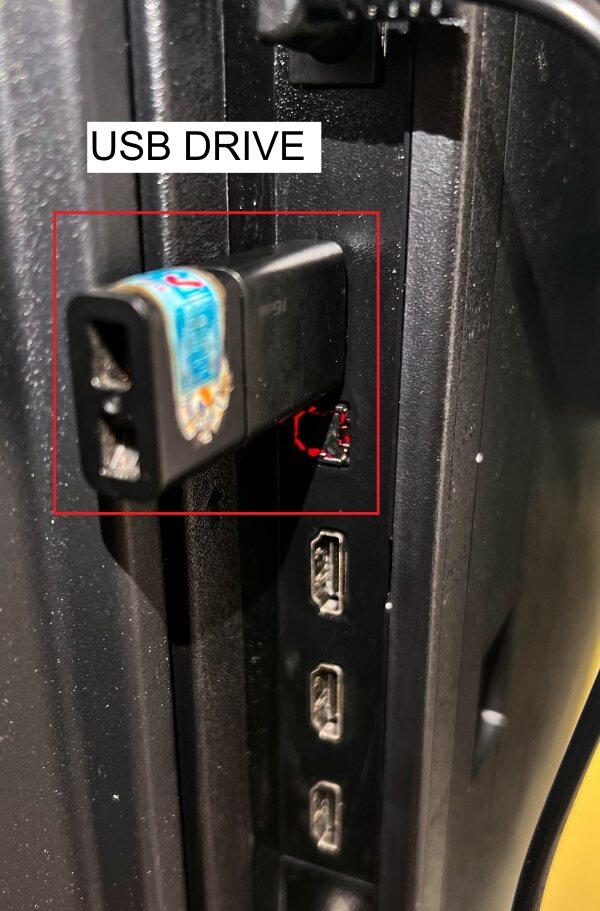
Step 4: Navigate to TV Settings and choose Support.
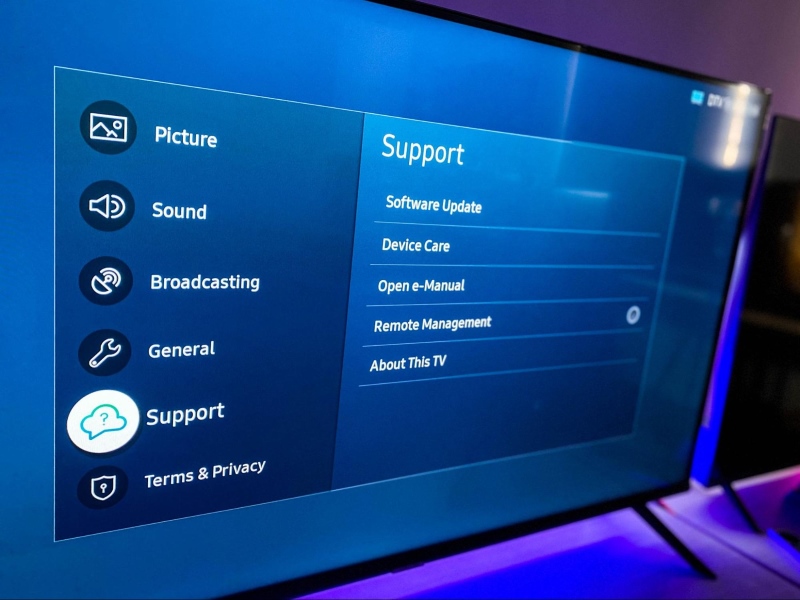
Step 5: Choose Software Update.
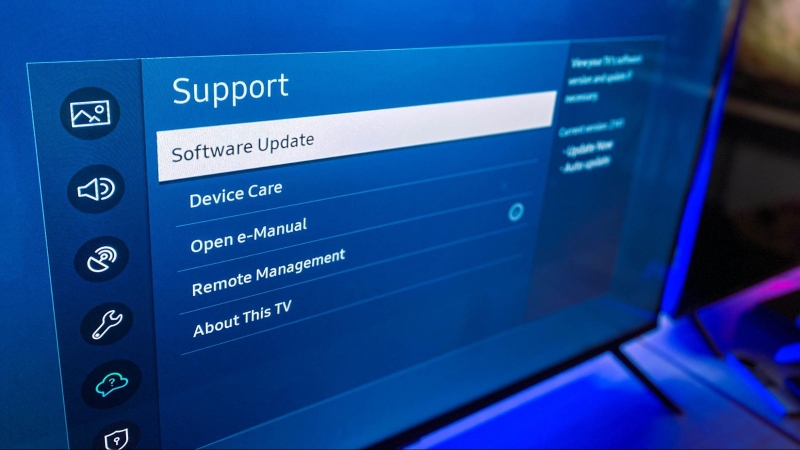
Step 6: Click Yes when you see the message to Browse Files on USB Flash Drive.

If the firmware on the USB is newer than what’s on your TV, it will update automatically.
But if your TV already has the latest version, it’ll tell you that no update is needed.
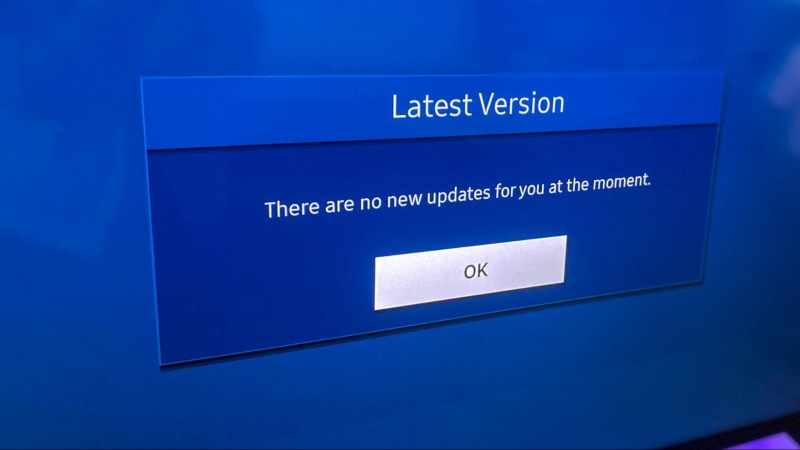
9. Damaged Internal Motherboard
A problem with the motherboard inside the TV might be the reason your TV screen keeps freezing.
Think of the motherboard as the brain of the TV – it’s super important for everything to work right.

Sometimes, the control board that connects the motherboard to the TV’s LCD panel can also be the cause.
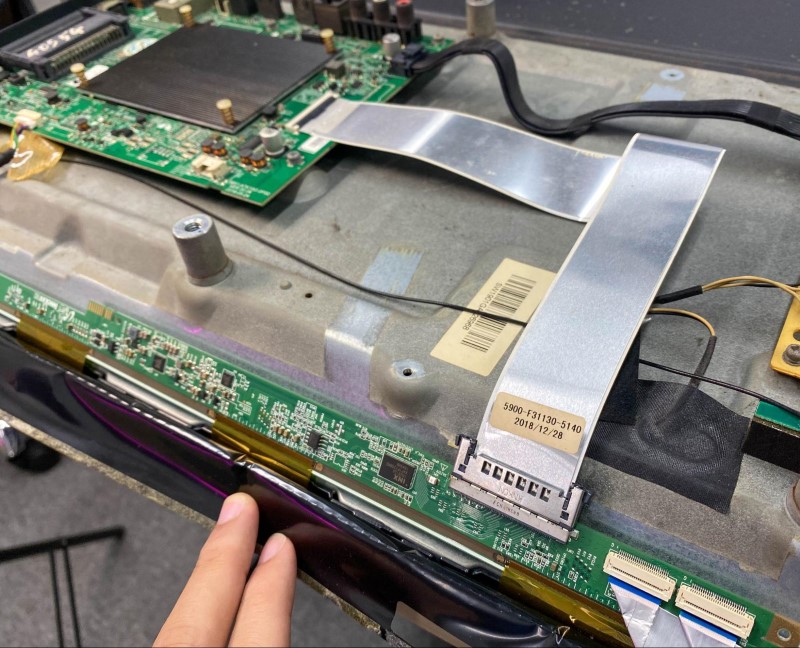
Fixing the motherboard or control board inside your TV usually needs a professional technician’s help.
The professional technician might have to repair or even replace the motherboard or other parts inside the TV.
But don’t worry, if your TV is still under warranty, which means it’s still within the time period where the manufacturer promises to fix problems, you can get it repaired for free.
Just contact the company that made your TV and they’ll help you out.
10. TV Overheating
Your TV getting too hot and freezing up can be a real issue.
Overheating is harmful to your TV and may cause it to malfunction.
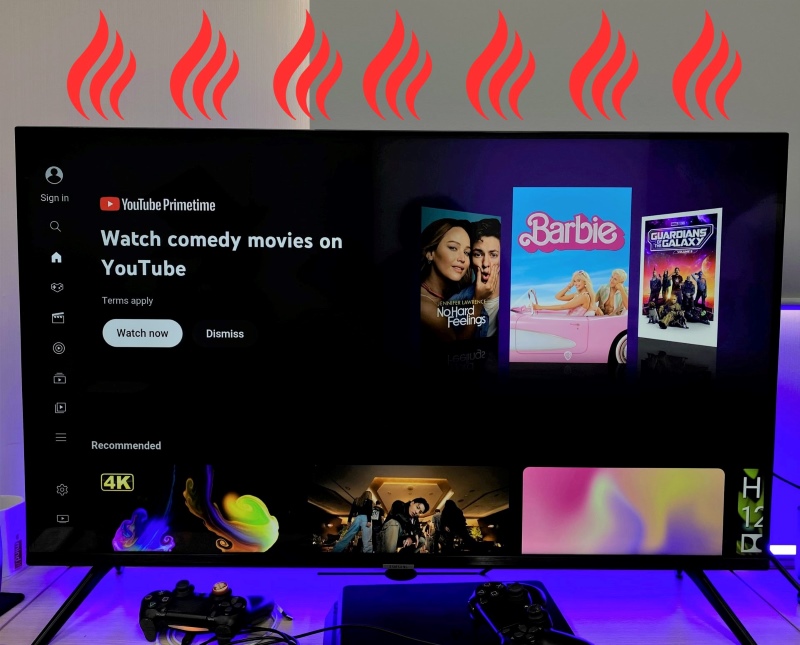
Fortunately, there are simple measures you can take to prevent this.
First, make sure your TV has plenty of space around it for air to move freely – this helps keep the TV cool.
Don’t put the TV close to things that get hot, such as heaters or sunny windows.
Dust can also be a problem.
It gathers in the vents at the back or sides of your TV, blocking the cool air from getting in.
So, it’s a good idea to gently clean these vents once in a while.
You can use a soft brush or cloth – just be careful not to push the dust further inside.
If there’s a lot of dust or you’re not sure how to clean it, you might want to ask someone who knows about TVs, like a professional, to help out.
Last Resorts to Try
- Soft reset: Unplug the TV, wait a minute, then plug it back in and turn it on.
- Factory reset: As a final solution, perform a factory reset (refer to the TV’s manual).
Note: This will erase all personalized settings. - Contact customer service: If your TV is brand new but you’re experiencing freezing issues, it might be defective. In this case, you should return it for a replacement that functions properly.
Meet Vance. He’s a proud dad, a seasoned Electronics Engineer, and an avid tech lover. His proficiency in electronics and troubleshooting skills were instrumental in crafting Pointer Clicker. Vance is passionate about simplifying tech for those who aren’t well-versed in it.


